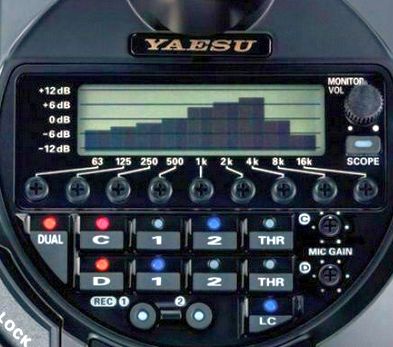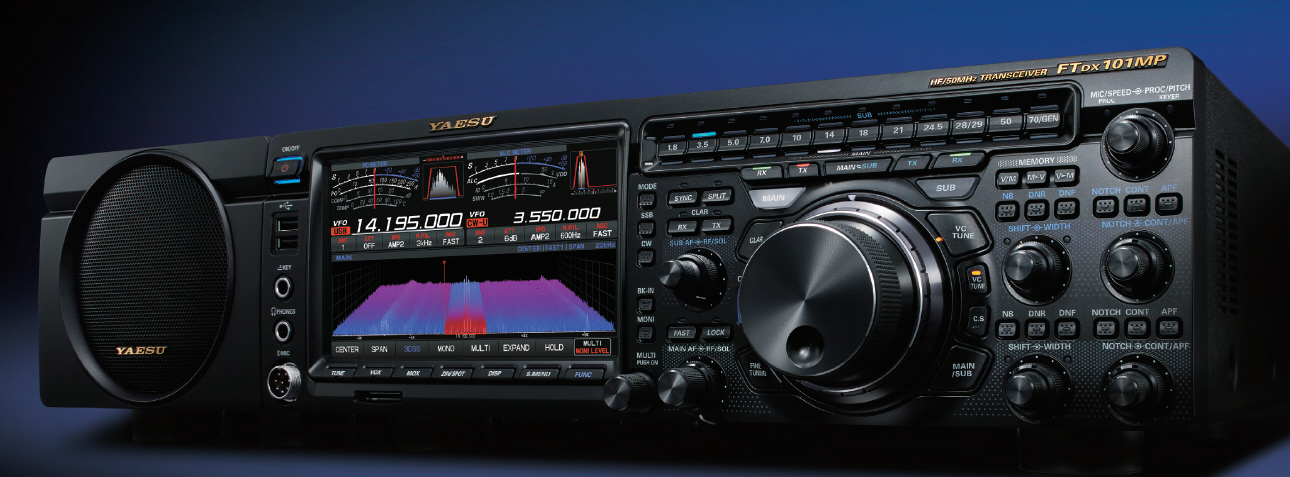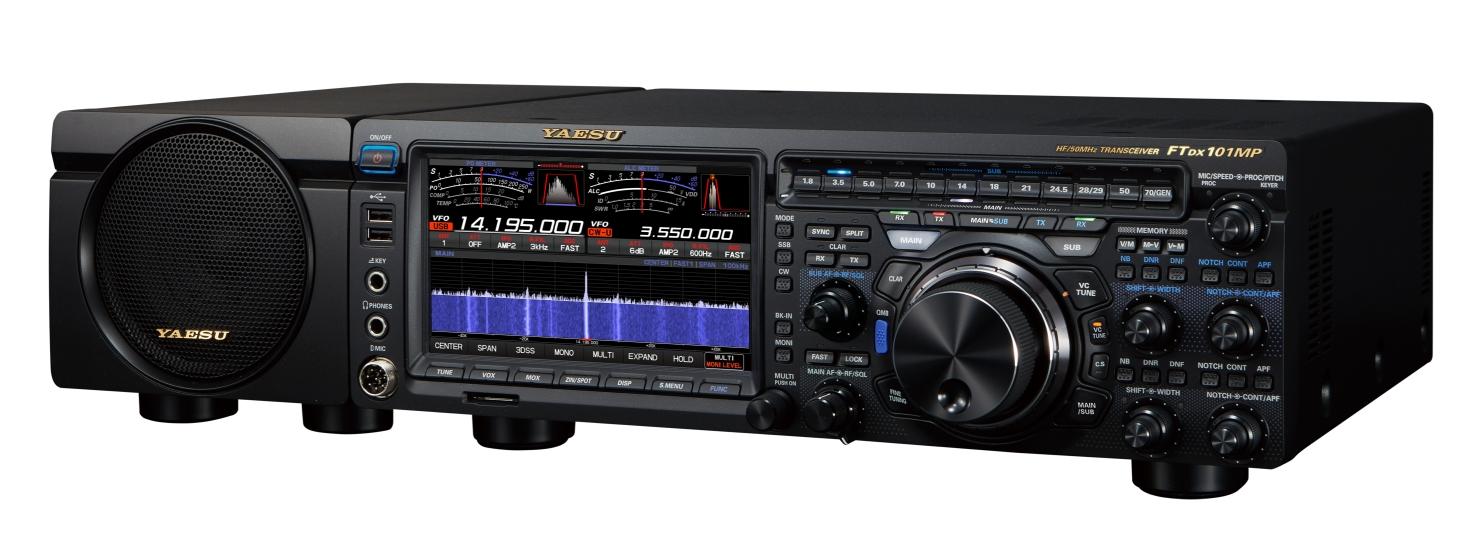FTDX-101 standard microphone (SSM-75G) modification.
Yaesu SSM-75G is a standard hand electret microphone supplied with the radio. The schematic diagram of this microphone has not been found anywhere on the web by the author, there is also no documentation for the microphone on the Yaesu website. There is nothing in the network, a mystery.
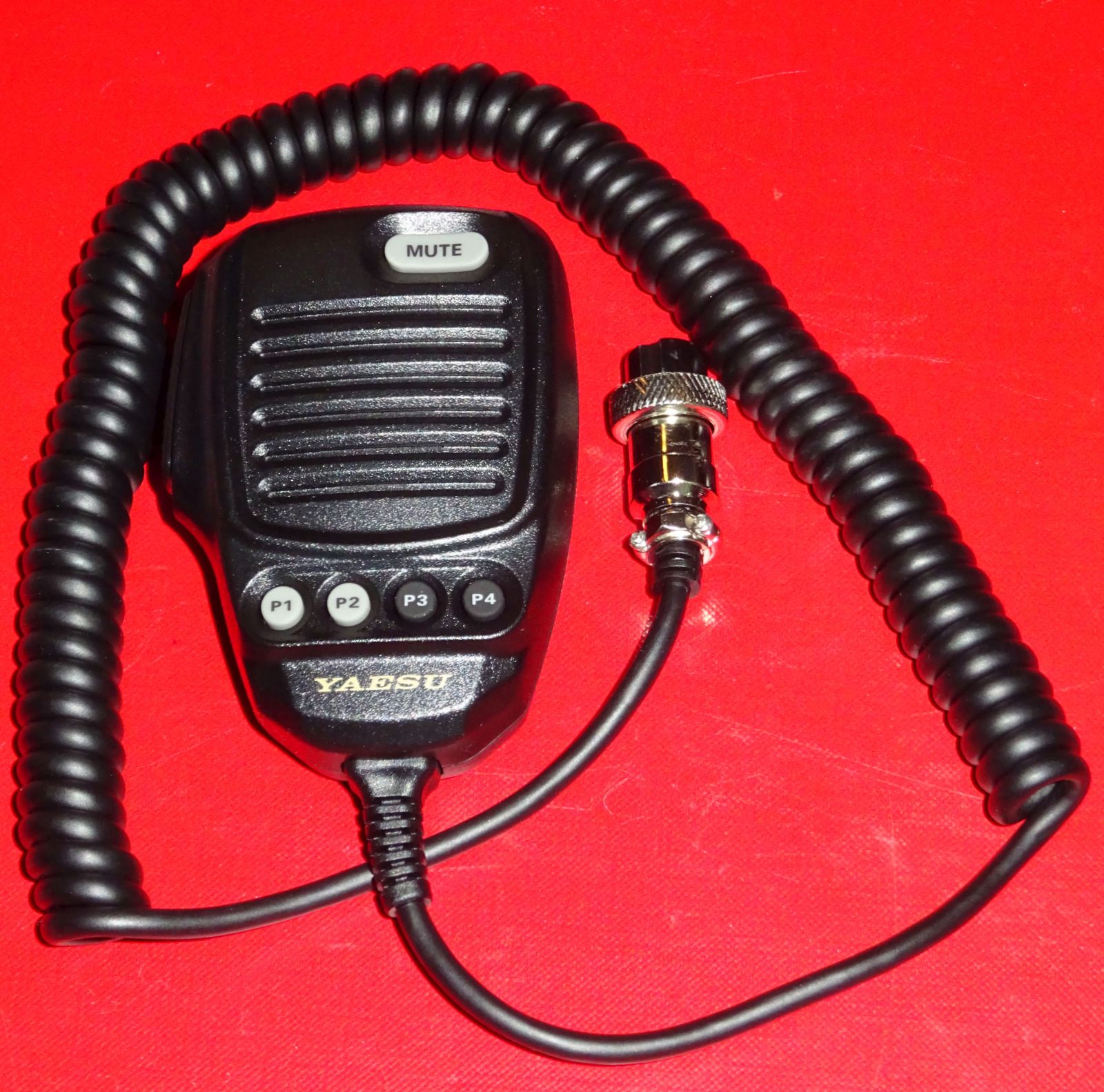
SSM-75G. The standard hand microphone.
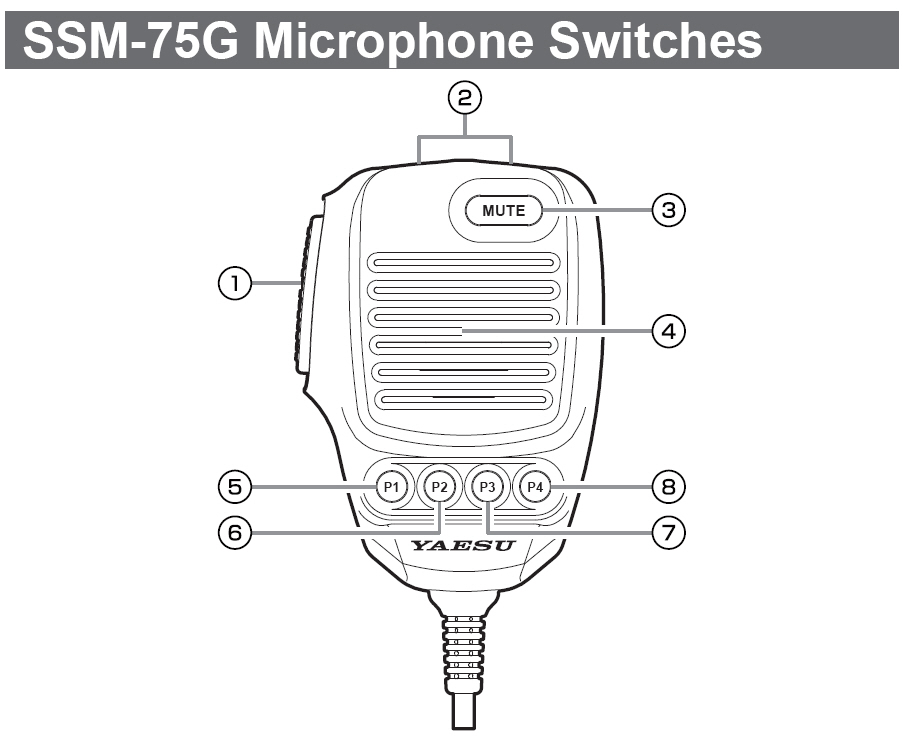
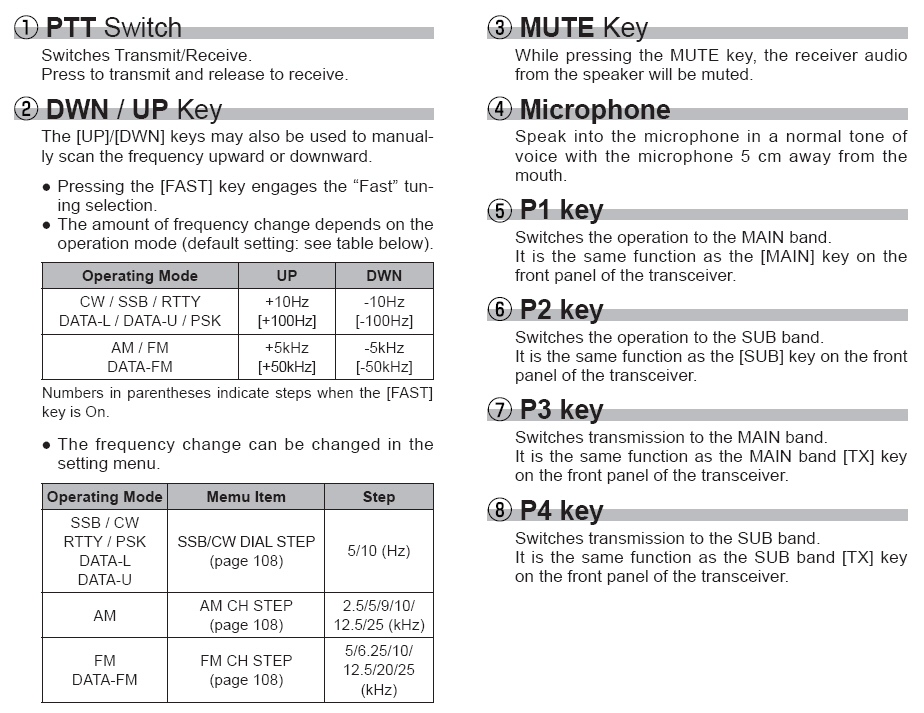
Drawings are taken from Yaesu FTDX-101 Manual. FTDX101MP_D_OM_ENG_EH068H213_2102P. Page 18.
Let's start the analysis. The original microphone has an interesting internal design. It is an electret condenser microphone, its capsule is inserted into a round rubber stabilizing handle attached to the front of the microphone housing. The designers of the microphone came up with a rather devilish idea of installing an additional acoustic cover with a small hole in the plastic cover between the housing and the microphone.
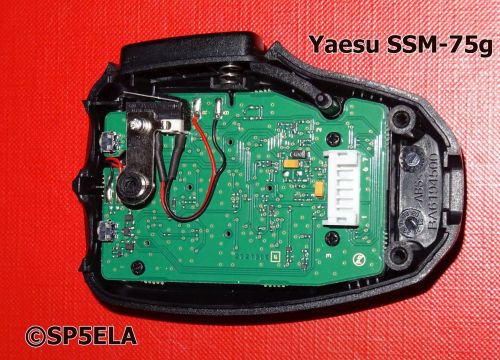
SSM-75G microphone with the removed rear cover of the microphone housing.
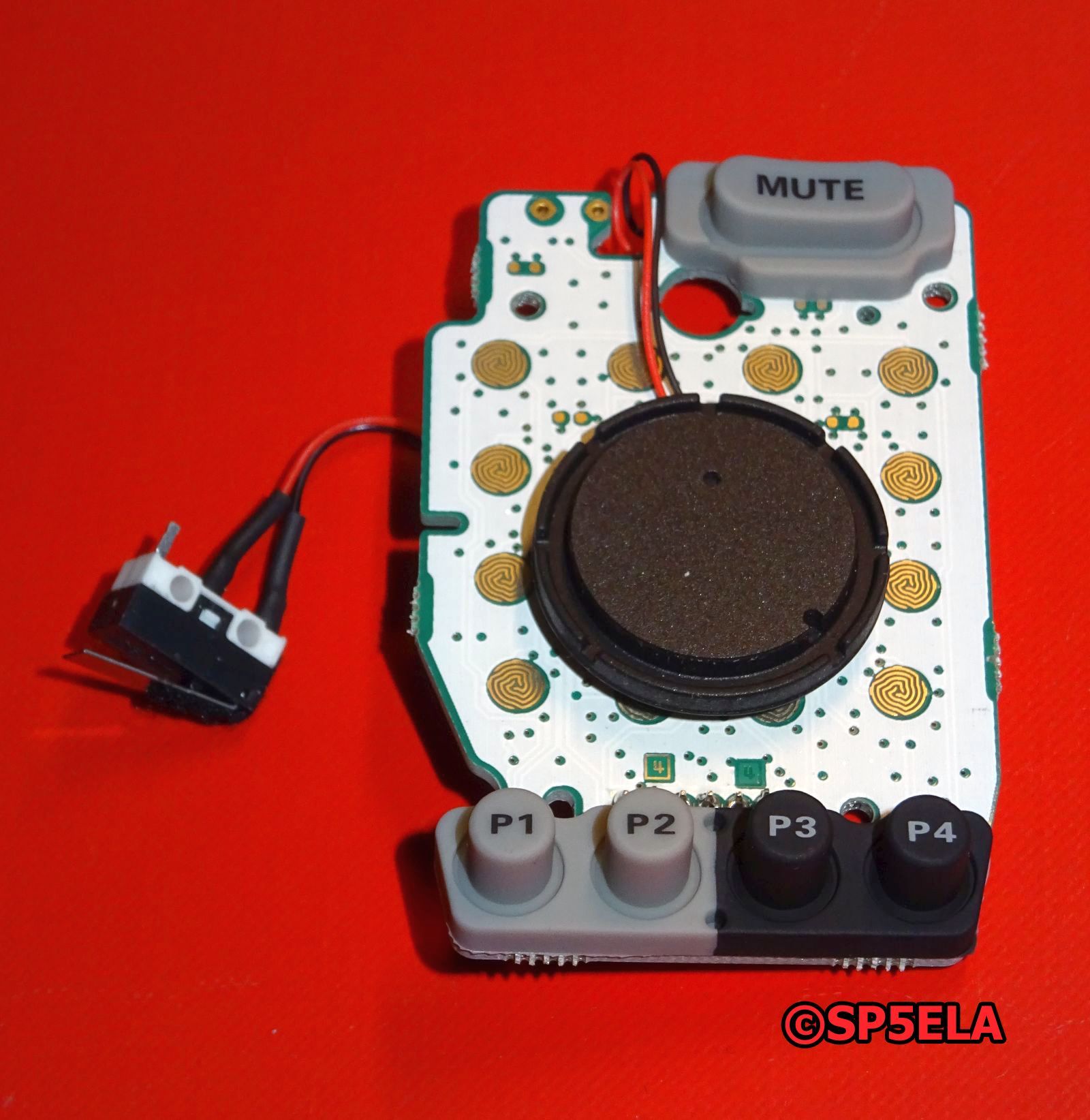
SSM-75G. View of the PCB board removed from the microphone housing. The front side of the PCB. Visible key contact areas, which are not used in this type of microphone. Also, visible plastic circular insert of the acoustic barrier with a small hole in its upper part. This cover fits snugly against the rubber grip and appears to be a logical component of the "system". Unfortunately, this is not the case, it is an acoustic oddity.
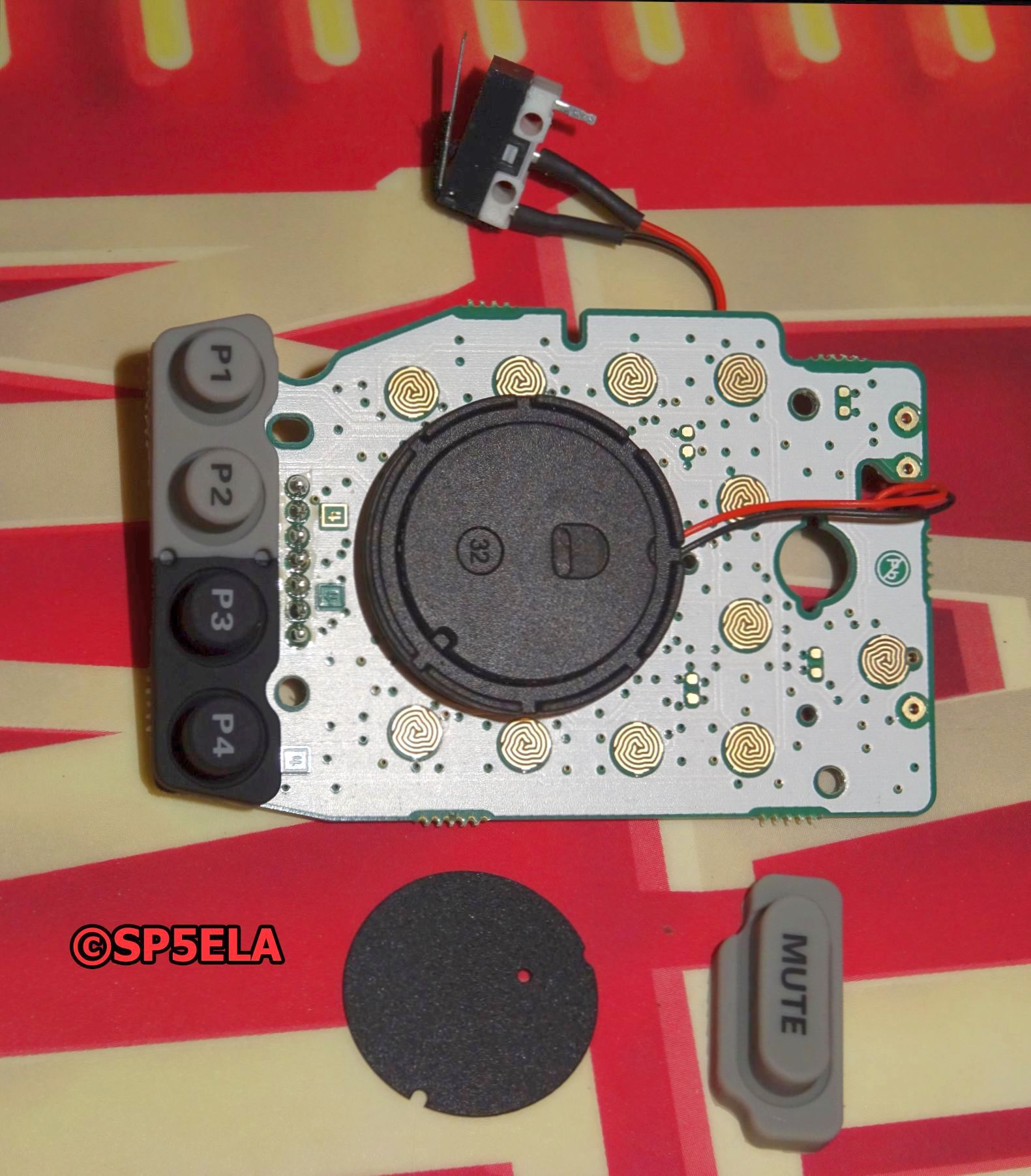
SSM-75G. View of the PCB board removed from the microphone housing. The front side of the PCB. Also, visible plastic circular insert of the acoustic barrier with a small hole in its upper part removed (on photo laying below PCB ). Remove it and keep it.
Measurements of the SSM-75G-M microphone (modified).
A remote measuring station (SQ5JUP) distant by 7 km from the SP5ELA station QTH and the Afedri.net SDR receiver were used for the measurement. The real spectrum characteristics were recorded in the 28 MHz bands at night. The diagrams below come from the HSDR program used to operate Afedri.net and to extract the graphs of the obtained acoustic spectrum of the signal from 100Hz to 3000Hz.
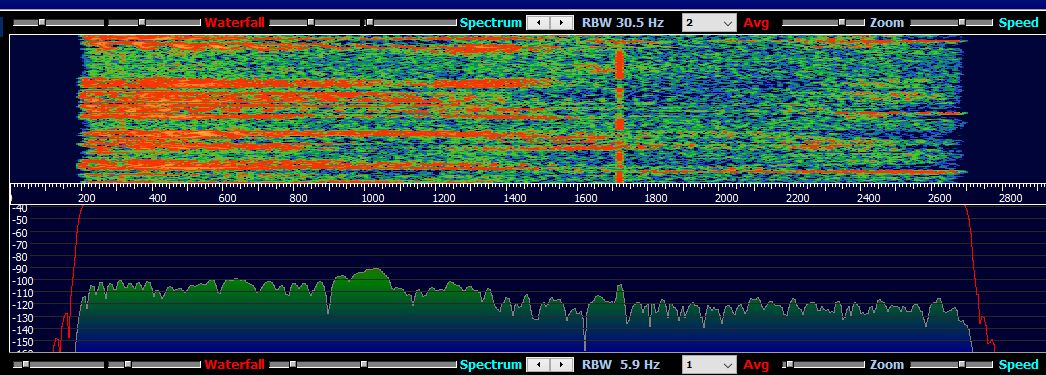
Graph-1. SSM-75G standard. Equalizer settings:
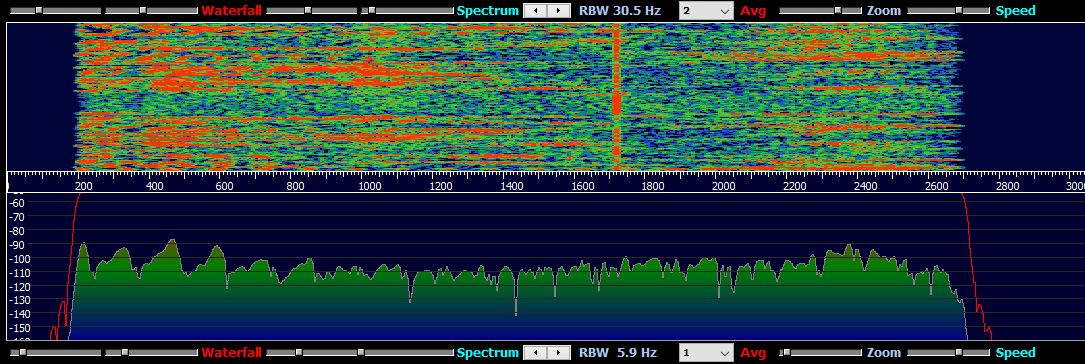
Graph-2. SSM-75G-M1 modified. Equalizer settings: 400Hz --6dB, B-6, 1100Hz +6dB, B-8, 2500Hz +6dB, B-6.
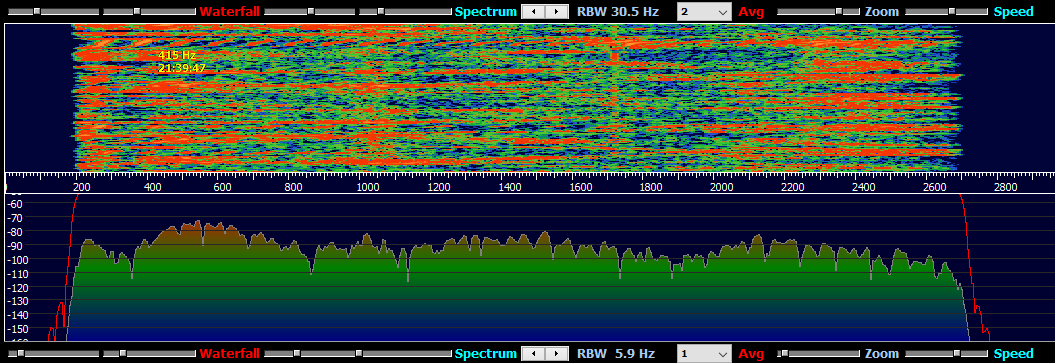
Graph-3. SSM-75G-M1 modified. Equalizer settings: 400Hz -10dB, B-6, 1100Hz +10dB, B-8, 2500Hz +10dB, B-6.
April 23, 2021, by SP5ELA
SSM-75G second attempt.
SSM-75G final attempt: purchase of M1 Reference Microphnone.
